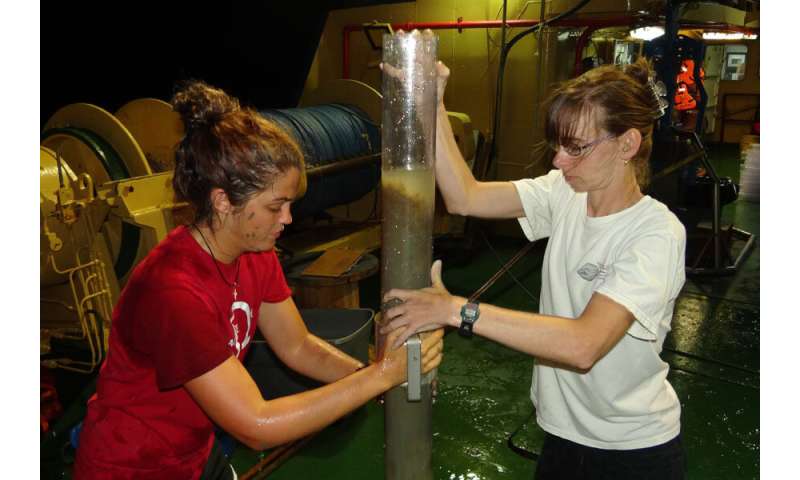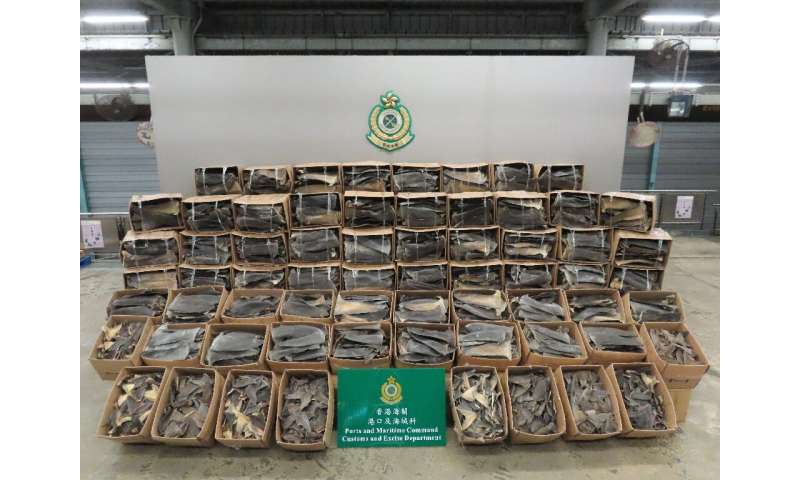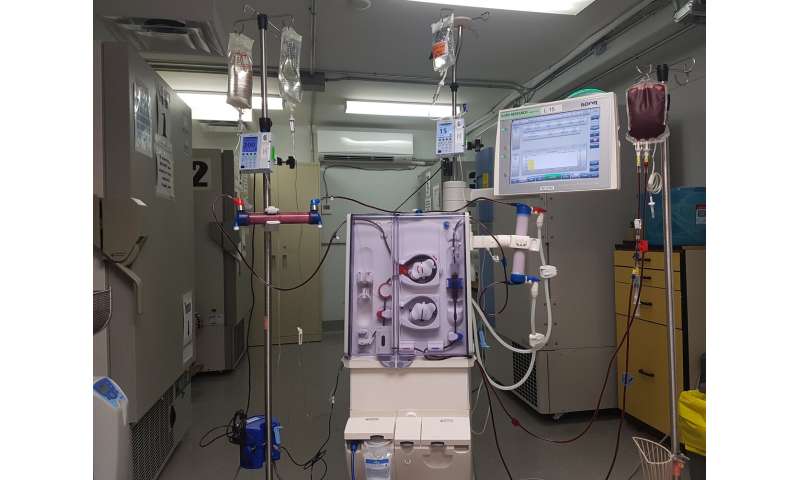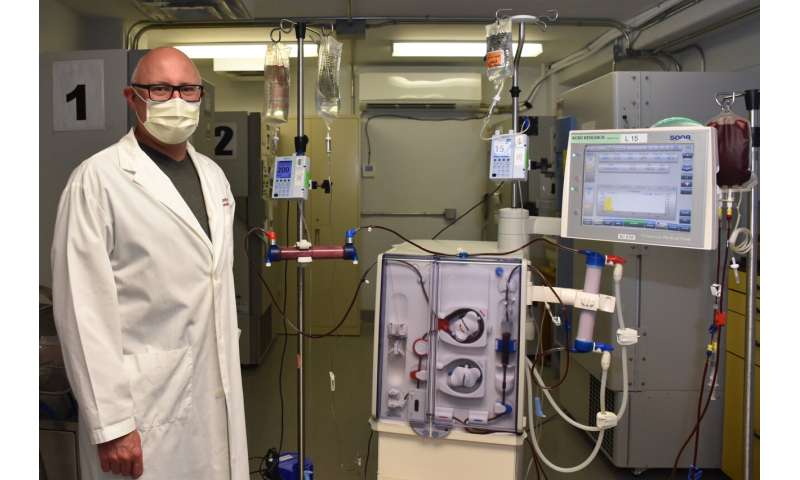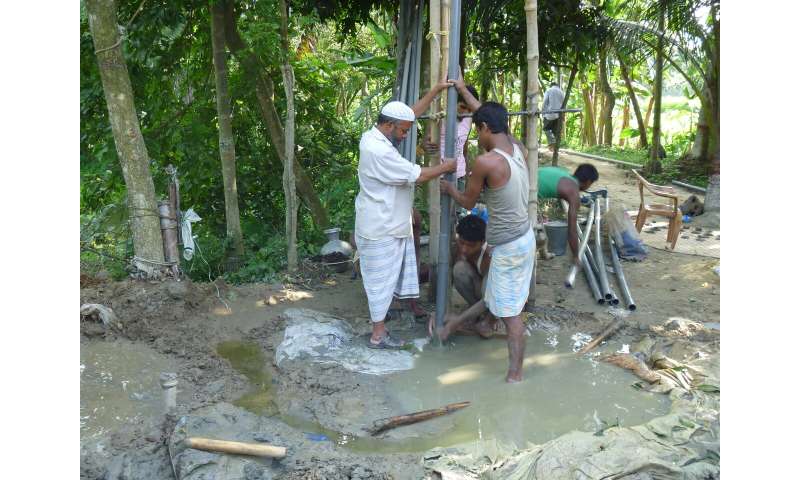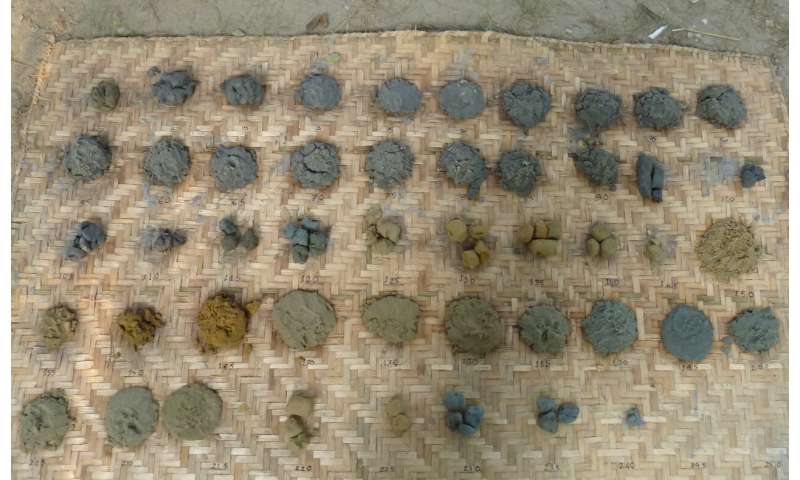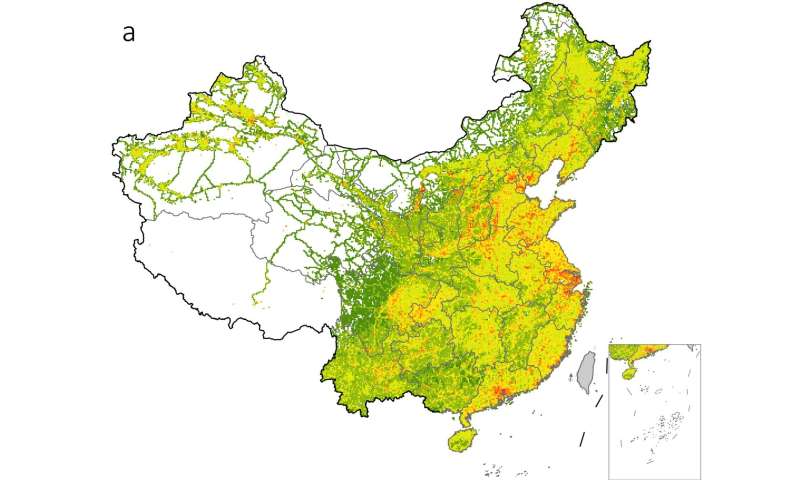Did we just witness one of the nuttiest foreign policy blunders in American history?
Matthew Walther The Week•May 7, 2020

I cannot be the only American who somehow missed the news that on March 26 Secretary of State Mike Pompeo announced the United States would offer bounties of a combined $55 million for the capture of President Nicolás Maduro of Venezuela and four of his top associates. By the end of March, most of the country was living under some sort of mandatory lockdown. People were fighting for toilet paper and stocking up on bags of rice and making plans for aspirational quarantine reading. Millions of us were preparing for Mad Max.
It now appears that we were thinking of the wrong '80s action flick. Last weekend it was reported that a group of more than 100 American mercenaries, including two former Green Berets and one ex-agent from the Drug Enforcement Administration, had failed in some kind of apparent coup attempt and that some of them were being detained by the Maduro government. What was being called "Operation Gideon" perhaps unsurprisingly failed to bring about regime change, much less result in the apprehension of the country's socialist dictator. Reports suggest that 50 of the mercenaries stormed Venezuela by sea, joining up with around the same number of fellow soldiers of fortune already waiting behind enemy lines. The Venezuelan army (and Maduro's own paramilitary loyalist forces) outmatched them by around 350,000. A small ragtag band of American warriors attempts to force the commies out of South America against all odds? This is basically the plot of Predator if the Predator hadn't shown up.
Pompeo maintains that the United States government was not involved in this offensive. For what it's worth, he is probably telling the truth. Instead it appears that the plot was launched long ago by a bunch of former Venezuelan military officials who have been training deserters from the Maduro regime in secret Colombian camps for a year. One of the principals, a retired general named Cliver Alcalá, was arrested in the United States back in March for drug smuggling and is imprisoned in New York.
Operation Gideon was, not to put too fine a point on it, at odds with both federal social distancing guidelines and current recommendations from the World Health Organization. It was also absolutely insane. Convincing Maduro, whose presidency is considered illegitimate by the United States and around 80 other countries, to release captured Americans is going to be an enormous hassle for everyone involved. Pompeo says that the Trump administration is prepared "to use every tool" to secure their freedom. This includes, presumably, the threat of military force. What other options are realistically on the table? Official recognition of the Maduro regime? The imposition of additional economic sanctions upon what is arguably the worst economy in the Western hemisphere during the middle of a global public health crisis? A nice handwritten apology note saying, "Sorry, next time we want to encourage bored ex-servicemen to collaborate with your own generals in a revolutionary plot on the pretext that you are involved in high-level drug trafficking, we will, well, there won't be a next time?"
Under virtually any other circumstances a story like this one would be a foreign policy blunder worthy of the failed Bay of Pigs invasion in terms of the lunatic scope of its ambition, if not, thankfully, in the number of lives lost, American or otherwise. Instead it is likely to be forgotten amid the pandemic. This does not mean that it is lacking in significance.
The main lesson of Operation Gideon is that whatever the Trump administration claims about the importance of Venezuela to American foreign policy, they have no serious interest in doing anything about Maduro, much less in helping ordinary citizens for whom a carton of eggs now costs more than a month's wages. It is easy to rail against the undeniable wickedness of the communist dictatorship there; it is harder to displace it. Sounder heads would leave off talk of gazillion-dollar bounties and hope that the worldwide collapse in oil prices might force Maduro out of power, at which time the United States would be better positioned to help a new government.
The other lesson is that, whatever we owe the people of Latin America after a half century of destroying their economies through unfair trade arrangements and our addiction to vile drugs, we lack the national will to help them, just as we failed to move the needle against the Taliban in Afghanistan despite 20 years of trying. This is why, no matter how illogical it seems, one of our nation's two major political parties has committed itself to the principle that virtually unlimited immigration is the only feasible solution. So far, no one is proving them wrong.

American captured over alleged Venezuelan coup plot says Donald Trump ordered plan
Telegraph reporters
The Telegraph•May 6, 2020
An alleged US mercenary captured in Venezuela has said he was part of a plan ordered by Donald Trump to kidnap president Maduro.
In an apparent confession on state TV, Luke Denman, who was arrested alongside other alleged mercenaries, said he had been sent across the border from Colombia to secure an airport to fly Mr Maduro America.
In a separate televised address, Mr Maduro said Donald Trump was behind the alleged plot to oust him, and ordered the US nationals to be tried in Venezuela.
In a video broadcast Mr Deman admitted his role in the alleged plot. "I was helping Venezuelans take back control of their country,” he told an interviewer hidden from the camera.
The veracity of the comments is unclear, as was the conditions under which the video had been made. Mr Denman is being held by the Venezuelan authorities.
Speaking after the Denman video was played, Mr Maduro said: “Donald Trump is the direct chief of this invasion.”
The US government has denied any involvement. Last night Russia said the US denial over the alleged plot was "unconvincing".

